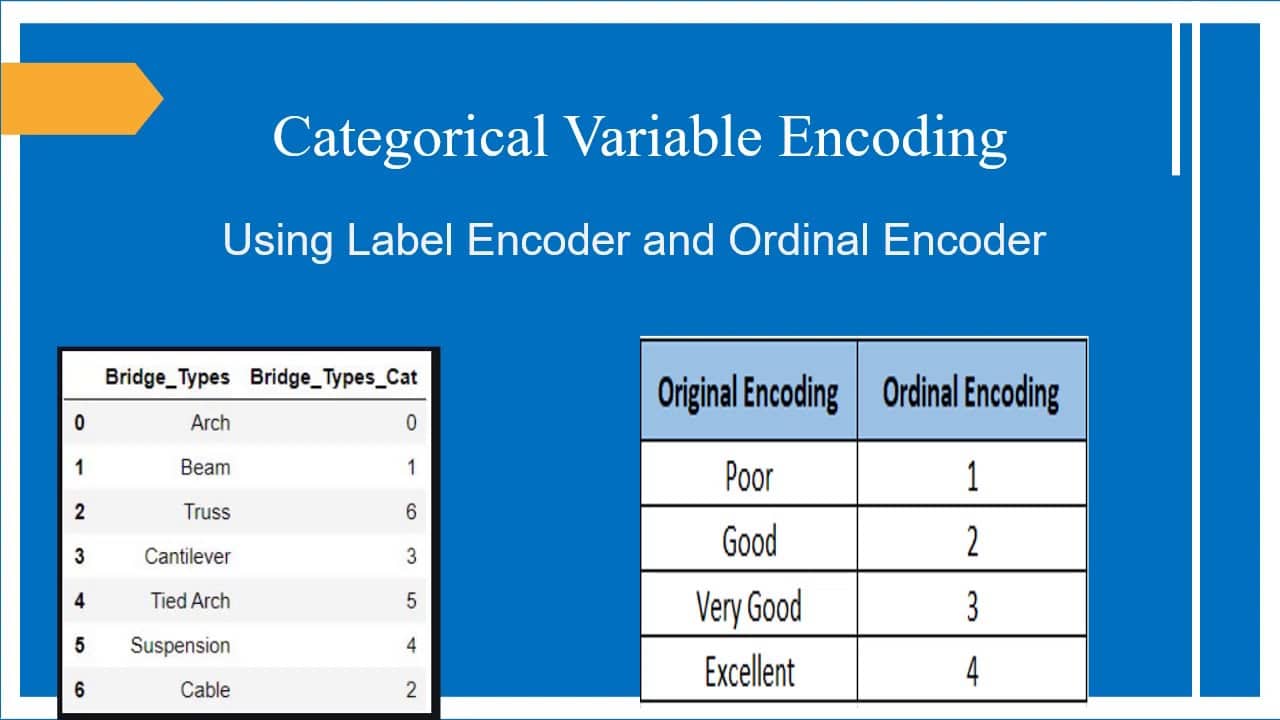Label encoding is a form of data pre-processing used in data mining and machine learning. It is a process of transforming non-numerical labels into numerical values. The process is also known as converting categorical data to numerical data and is useful for a wide range of data manipulation tasks such as classification and clustering. It can also be used to standardize data for use in artificial neural networks.
Label encoding is often used when encoding categorical input variables to create a numerical output. This is done by assigning each category from the input variable its own integer label. The encoding procedure goes from the lowest numerical label to the highest numerical label with the lowest label representing the most frequent or baseline category. The size of the numerical label does not reflect a qualitative comparison between different categories, but purely encodes the categorical information into a numerical value. This is why many practitioners consider label encoding to be a form of minimal loss-impact encoding.
Label encoding can also improve overall run-time performance with many algorithms compared to one-hot encoding. Since there are fewer header values for a single-width data column, label encoding is faster and less memory intensive than one-hot encoding. Additionally, some algorithms may not yield favorable results when one-hot encoding is employed, whereas label encoding allows for the algorithm to remain unaffected and use the labels to represent the categories.
Label encoding is a necessary part of any data-driven programming project that requires both machine learning and performance optimization. It is also useful for those wishing to analyze categorical data in a way that accounts for its relative frequency.






